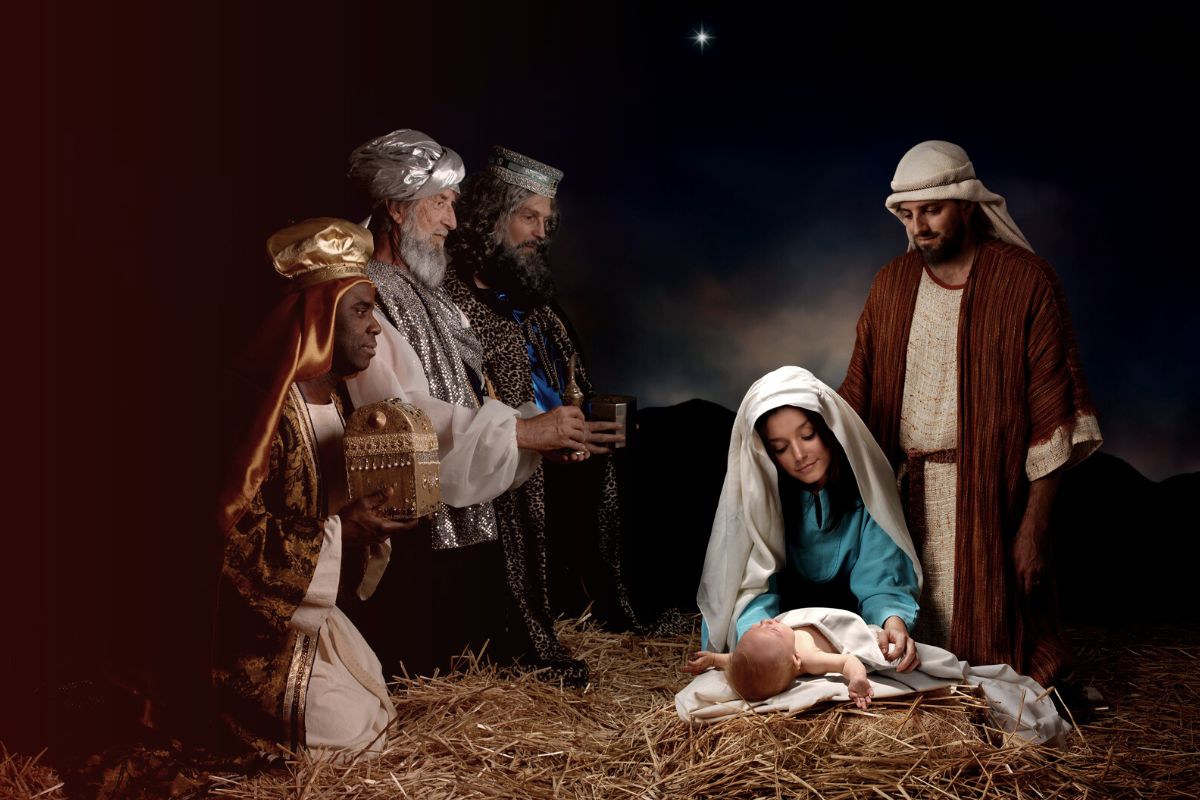
The Gospels of Matthew, Luke, and John proclaim the advent of Christ into the world. They do so by giving varied information based on their theological persuasions and their contextual realities.
It is important to note that the Gospel writers were not historians in the modern sense. They were selective in their recording of history based on the needs of their audience. Consequently, through their different emphases they bring forth a beautiful tapestry of the account of Jesus Christ.
As a child, I remember my Sunday School Christmas play featuring the three kings from the east and the shepherds coming together to see baby Jesus. There was an impression that all of these events were recorded in a single narrative.
A closer examination of the Gospels reveals that the Magi came to see the new born King in Matthew while the shepherds came to see him in Luke. What do these differences say about the portrayal of Jesus in these Gospels?
The genealogy of Jesus in the Gospel of Matthew is structured in such a way that the reader would see Jesus as the promised Messiah, who was expected to be born in the line of David, the great king.
The wisemen from the East asked for the newborn king of the Jews (Matt 2:2). Matthew, then, characterized Jesus not just as the Messiah but also as the King of the Jews (also 27:37). In contrast, the Lukan portrayal of Jesus is quite different.
In Luke’s account of Jesus’ birth, the poor and the insignificant are given considerable importance. The spotlight is focused on Zachariah, Elizabeth, Simeon, Prophetess Anna, and the shepherds here. What is the significance of these people being mentioned in the Nativity narrative?
For Luke, at the coming of Christ, the mighty are overthrown from their thrones while the humble and the poor are exalted (1:52). According to Mary’s Magnificat, the rich will be sent away empty, while the hungry will be filled with good things (1:53).
Luke’s Nativity narrative takes on a whole new significance when seen in this light. Luke replaced the rich and powerful with the poor and needy shepherds. According to Luke, Jesus was surrounded by the poor and not by the powerful (including Simeon 2:22-35 and Anna 2:36-38).
Rather than the kings of Jerusalem Palace or the wise men from the East, insignificant people from the fields and the Temple take center stage in Lukan infancy narratives. Since his arrival on earth, Jesus is shown as the one who is associated with the poor and lowly.
Jesus’ incarnation in Luke reminds us that we need to celebrate Christmas with the poor and the needy! The Christmas story is the good news for the poor (4:18-19). Let us then celebrate Christmas not just with the privileged, but also with the poor and needy!
Let us share our blessings with the marginalized and disadvantaged. Let us remember the underprivileged and homeless this season in our prayers so that the celebration of Jesus’ birth will be even more meaningful this season!







